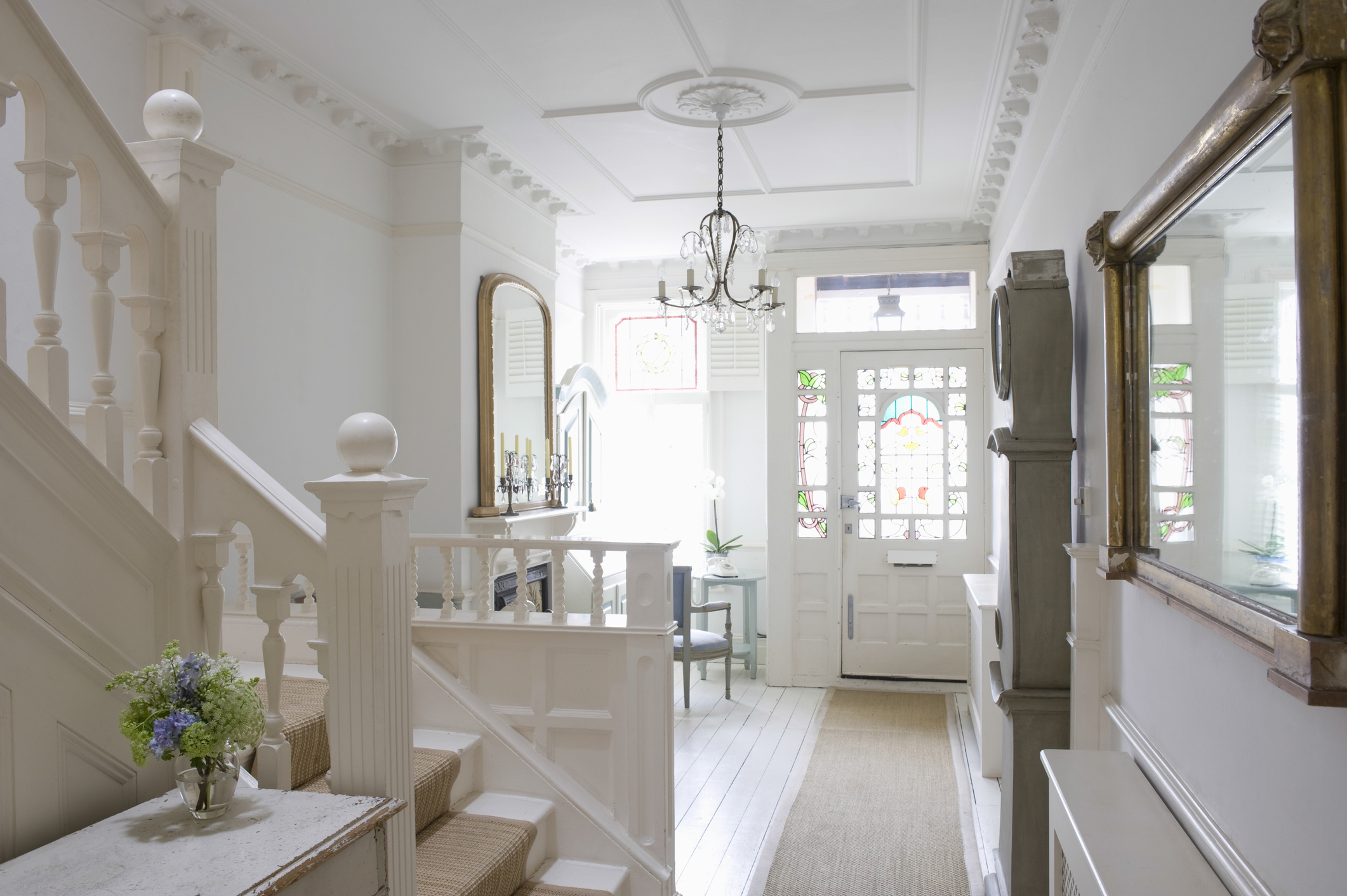This often happens because todays homeowners want a more open.
How to stop second floor sagging.
Depending upon the conditions it is possible to strengthen or repair existing framing members such as floor joists or roof rafters by adding reinforcing material sandwiching the member on either side with plywood is sometimes worthwhile but the plywood must be installed correctly for greatest strength.
How can we evaluate whether the floors need reinforcement and if so what is the best way to do this.
If a load bearing wall is removed on the first floor then the second story floor joist or trusses may drop down in the area where the load bearing wall was removed.
If the floor is sagging visibly in the middle or is very bouncy you may want to reinforce the floor to eliminate the sag and reduce the bounciness.
Common reasons for sloping or sagging second story floors.
One category describes floors that have a general overall slant.
Some are serious structural issues that require the attention of a contractor while others are more routine cosmetic problems that you can solve yourself if you re a fairly advanced do it yourselfer.
Termites can rot or damage the joists typically made of wood rendering the pieces unable to hold up the floor.
The first and second floors in our house seem overly bouncy and sag toward the middle.
Not all floor problems are the same.
Sagging floors are often the symptoms of structural damage to the floor joists below the surface.
Sagging floors a common problem in old homes have many potential causes.
Thre ways to fix a sagging or sloping floor.

